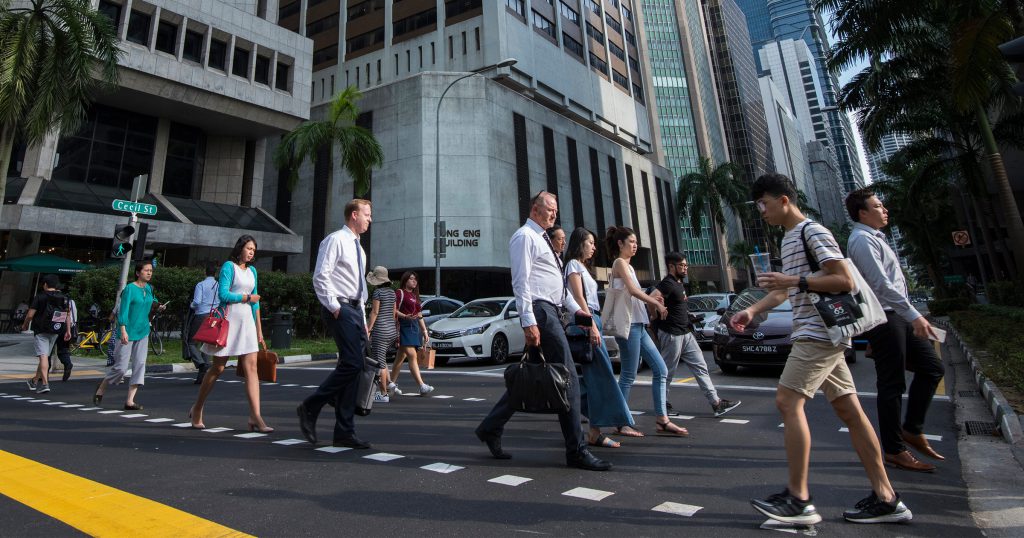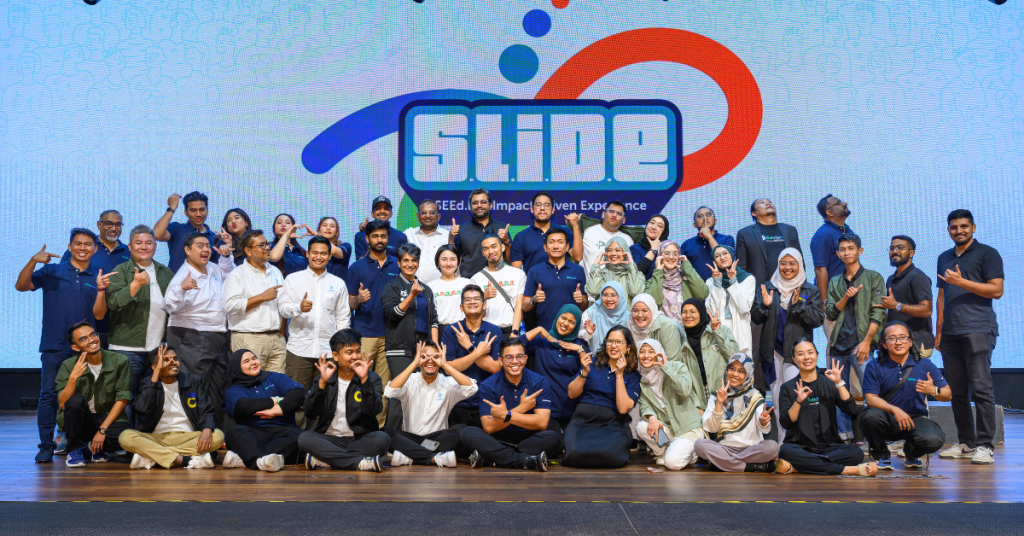The way we buy and sell products and services has changed dramatically in recent years, with more people than ever turning to online options over traditional in-store experiences. Yet despite these shifts, one thing remains the same: customers still expect exceptional experience. In today’s fiercely competitive market, a poor customer journey can drive people away in an instant, often straight into the arms of a competitor.
Today’s consumers expect more than just a good product—they want seamless interactions, personalised engagement, and value at every touchpoint. From intuitive websites and real-time email updates to loyalty programs and exclusive deals, companies are pulling out all the stops to make every customer feel prioritised.
Take the online casino industry, for example—a highly competitive and fast-evolving sector. To stay ahead, platforms consistently enhance user experience by introducing new no deposit bonus codes, ensuring both new and returning players feel valued. This level of customer-centric innovation isn’t limited to online gambling; it reflects a broader trend where brands must proactively anticipate customer needs to stay relevant and build lasting loyalty.
Keep reading to discover the top customer experience trends shaping 2025 that your business needs to implement.
Personalisation is Everything
Customer expectations aren’t what they used to be. In recent years, personalisation has rapidly shifted from a nice-to-have to a non-negotiable. Today’s customers expect every interaction with a brand to feel uniquely relevant, far beyond a simple name-drop in an email. True personalisation means understanding behaviours, anticipating needs, and delivering timely, meaningful value.
Thanks to advancements in AI and data analytics, companies can now offer hyper-personalised recommendations, predict preferences, and tailor communications across multiple channels. Coffee giant Starbucks has become a standout example, successfully keeping customers engaged through its gamified mobile app.
The brand’s highly successful rewards programme is fully integrated into the app, allowing customers to customise their drinks and track their purchases. By leveraging data such as buying history and preferences, Starbucks creates a seamless and personal experience that keeps customers coming back.
The Power of UGC
Despite being one of the most influential tools in modern marketing, many businesses still overlook the power of user-generated content (UGC). This type of content is the modern-day word of mouth, offering a level of authenticity that traditional advertising simply can’t replicate. It acts as an unbiased seal of approval, something customers recognise and trust. In fact, a recent study found that 79% of consumers say UGC significantly influences their purchasing decisions. Whether it’s reviews, photos, unboxing videos, or personal testimonials, content created by real users builds trust in ways branded messages often cannot.
Forward-thinking brands like GoPro have been leveraging UGC for years. What better way to demonstrate the quality of your camera than by showcasing stunning visuals captured by actual customers? GoPro not only encourages this but also provides platforms and tools to help users share their content. By encouraging customers to share their experiences, particularly through incentive-based campaigns, businesses can turn happy buyers into enthusiastic brand advocates, organically extending their reach and influence.
Sustainability is Key
With climate concerns on the rise, sustainability is no longer a choice, it’s an expectation. Today’s consumers, particularly Millennials and Gen Z, are increasingly demanding transparency, ethical sourcing, and traceable supply chains. Many are even willing to pay more for environmentally responsible brands over cheaper, unethical alternatives like Shein.
Industry leaders like IKEA and Patagonia have set a high standard, showcasing their use of renewable energy and commitment to waste reduction. But even small changes, such as reducing single-use plastics or partnering with eco-conscious suppliers, can make a meaningful impact. The key is authenticity. Greenwashing, as seen in past attempts by major high-street retailers like H&M, can quickly backfire. Today’s consumers are well-informed, and with the power of social media, it’s easier than ever to call out brands that claim to be sustainable without doing the necessary work. Customers want real change, not just a green label.










